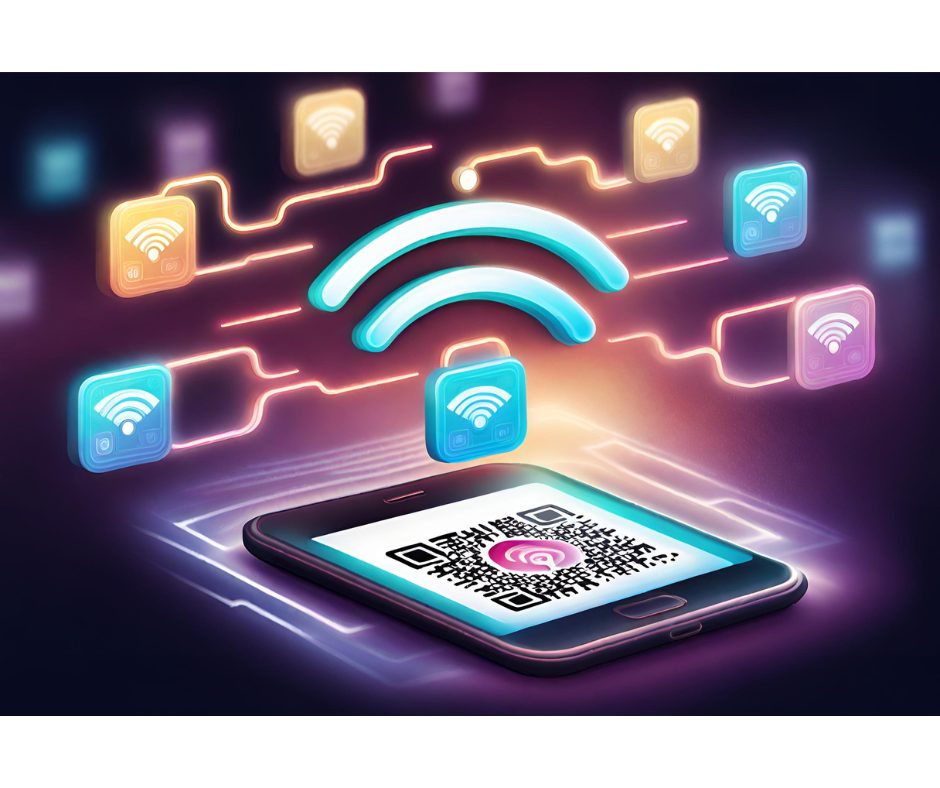Do you assume that the prospect is not interested if your email has not received a response? Do you move on to new prospects without giving them a second try? If yes, you are losing the opportunity to create a lead. Experts firmly believe that you can nudge the prospect toward their product/service by using follow-up emails.
Just like crafting a compelling follow-up email, understanding the importance of detailed documentation and presentation in professional communication is crucial. For those needing to present complex information in a structured manner, utilizing annotated bibliography writing services can enhance clarity and credibility. But, how do you write a follow-up email?
Statistics reveal that a small portion of sales can be achieved from the initial point of contact. You are losing a large percentage of potential sales by not following up on your initial email.
Follow-Up Email And its Advantages
A follow-up email is a communication sent out after you have made the initial pitch for your product or service. Follow-up emails help in taking your efforts to closure because:
- It helps build trust gradually
- Increases conversion rates
- Helps identify and follow valid leads
- Drives up conversion rates
- Helps identify referrals for the future
- Builds credibility for your organization
- You gain on your competitors
Why Sending A Follow-Up Email Makes Sense
With an average business professional receiving over 100 emails daily, your email can easily get lost in the box. Priority is generally accorded to emails from business partners, colleagues, and known clients. Prospects are less likely to open cold mail. That’s why a follow-up email is necessary.
They act as gentle reminders because prospects may have missed your earlier email or forgot to reply with a zillion things playing on their minds. Keep in mind that the follow-up email should provide the prospect with some value.
Let’s now focus on how to write a follow-up email for your outreach campaign.
There are two strategies to choose from for a follow-up email sequence.
- A time-based sequence
- An intent-based sequence.
A time-based sequence involves emailing your prospects using multiple touchpoints with intervals in between. This strategy gives uniform attention to all prospects on the list regardless of their stage in the buyer’s journey.
An intent-based sequence focuses on the interest levels of the prospects. The emails target prospects looking for solutions.
Intent-based sequences are seen as more valuable as they help target customers. As they are more personalized in nature, there is a high possibility of conversions.
Regardless of the strategy, the follow-up emails must have a universal format to drive response rates. The ideal format is:
- Subject Line
- Greeting
- Email Body
- Closing with a CTA
- Sign off/signature
Before you begin working on the follow-up email, you must be sure of what you wish to accomplish. These are the steps recommended to craft an effective follow-up email.
Define the Objective of Your Follow-Up Email and Convey it to the Prospect
Before you write and send out a follow-up email, you must have the goal clear in your mind. The most obvious goal is to convert the prospect. Start with the assumption that it’s not going to happen immediately. You must work on the details.
Your goals may vary. Whatever it may be, communicate about it lucidly. Be as specific as possible and impress the prospects that you are not wasting their time. It will make them understand why they need your attention.
Grab Attention with a Smart Subject Line
Spend time creating the subject line, maybe more than what you will devote to the email body. That’s because your prospects will see the subject line first and then decide if they want to move to the content. The recipients discard many emails because the subject lines are uninspiring. It automatically translates that your subject line will decide the success or failure of your campaign.
Steer clear of words that can trigger spam and relegate your email to the junk folder. Personalize the subject line but keep it short and relevant to your goal. Using a pretext header is a good idea for improving the chances of your email getting the desired attention.
Use the Introductory Line to Create Context
As mentioned earlier, your prospect may be receiving hundreds of emails daily. They are unlikely to remember you by your email address. Include a personal connection or use a unique identifier to help them remember you.
Create Value for the Prospect
The importance of valuable content cannot be undermined. You will most likely not click on an email that doesn’t appear to provide any value. Do not send a follow-up email without adding more value than what was there in your previous content. Demonstrate your worth.
Sending stale and simple generic follow-up emails will not work., Prospects are unlikely to notice your follow-up emails if they don’t provide value. Make it worth their while by using the following strategies.
- Share customer testimonials/reviews
- Offer solutions for specific problems
- Share blog post links
- Provide social proof
- Share how-to guides/videos
- Provide case study details
- Announce an extended free trial
Ensure that your input maintains relevance to the prospects and they view it as an asset.
Remember to add a Call-To-Action at the end.
By adding a compelling Call-To-Action, you generate an action from the client.
Conclusion
Giving up hope after sending one email is not the best cold emailing strategy. You must be persistent. When done successfully, follow-up emails can help achieve high conversion rates, create solid relationships, and bring in new business and profits.








